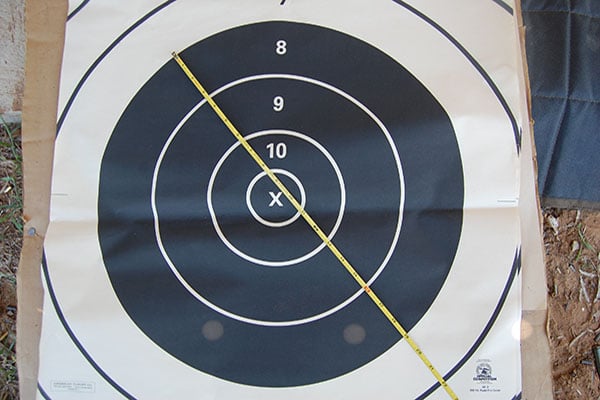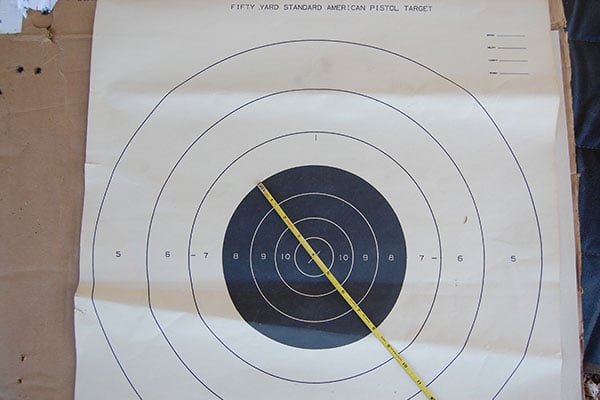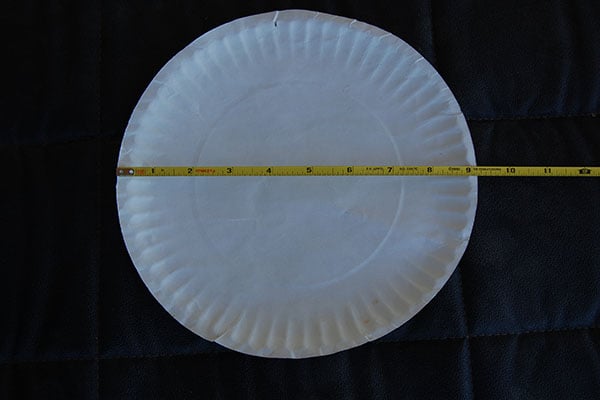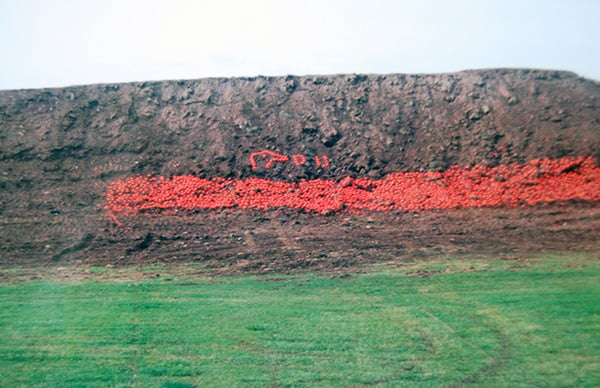
Last Updated on
The most important thing a hunter can learn about field marksmanship is a realistic assessment of personal skill, what sort of shots currently can and can’t be brought off. It is far better to pass up a low percentage shot than to wound an animal and the only way to identify a low percentage shot is to test it out. Once the current level of skill is known, more ethical choices while hunting can be made.
A shooter desiring to improve shooting skills, for hunting or any other purpose, has to improve their ability to fire an accurate shot. The best sources of information for improved position shooting come from the formal target shooters competing in the conventional disciplines, such as those practiced internationally, at the Olympics and at America’s National Matches at Camp Perry. Too many hunters dismiss these events, their competitors and contributions as irrelevant. Instead of ignoring more than a century of hard-won knowledge, it would serve the rank-and-file hunting crowd to look at what these competitors can provide for us.
Smallbore rifle shooters routinely hit a dime-sized 10 ring at 50 meters, just over one minute of angle, from the standing position. Free Pistol shooters fire at the same distance, regularly hitting a two-inch 10-ring (about four MOA) standing, unsupported, with one hand. Long range shooters can routinely smack the ten ring of an LR target, which is about the vital zone size of large big game, twenty times in a row at 1000 yards using nothing more than a leather strap for support. True, some competitors use highly-specialized firearms that bear little resemblance to our hunting arms (I’ve heard target guns referred to as “chemically-operated paper punches”) but the basic concept is identical and, more important, that score is earned by the human operator. No gun, no matter how tricked out and accurate, can put a bullet in the center of a target unless the shooter points and holds the muzzle there during the shot. The best target rifle or pistol that money can buy does help some, but only provides a five to ten percent boost in score over “regular” guns. Those top scores have to be earned by the shooter’s skill.

Competition shooting is a formalized approach of developing and testing the ability to fire an accurate shot on demand. As a hunter, you may not be interested in spending time involved in formal target competition but you can borrow from their playbook. No, I’m not suggesting you attach a butt hook and palm rest to your .30-30 or that you prowl the deer woods in a heavy leather Creedmoor Hardback shooting coat. Instead, you should emulate their ideas for producing an accurate shot.
Your first step in emulating the target shot is to do some target shooting yourself, adapted to your goal of improved big game hunting while using the hunting arm you already own. Target shooters try to out perform each other by scoring more points on a regulation target at regulation distances. When these shooters start cleaning the targets, the organizing body sanctioning the events introduce a smaller target and competitors keep at it. An example occurred when High Power competition transitioned from the old 5V targets to the current decimal targets with smaller scoring rings. Big game animals are roughly the same size so the hunter challenges himself by increasing the distance he can guarantee a vital zone shot, in effect reducing the size of the target.
Another issue in hunting is gun handling. Target shooters don’t typically concern themselves with gun handling beyond safety procedures so a position that is slow to acquire usually doesn’t bother them. For the hunter, the shooting position has to be adopted with a minimum delay.
For this drill, a good target is a bullseye the same approximate size as the vitals of the game animals you pursue with one or two scoring rings inside. Hitting the visible bullseye anywhere is a vital zone hit and the internal scoring rings reward better performance. This vital zone will range from about eight inches for pronghorn antelope and small deer to eighteen inches or so for large elk or moose. The repair center of a B-6 bulleye pistol competition target has an eight inch bullseye out to the eight ring. As used in across-the-course rifle competition, both the SR and SR-42 targets feature a thirteen inch bull and the SR-3 has a nineteen inch bull out to the eight ring. If these are too fancy for you, a common paper dinner plate from the grocery store is nine inches in diameter overall and has a smooth inner circle about 5.5 inches across, nearly identical dimensions as the B-6.

To begin the “Hunter’s Target Shooting Match” select a target size that suits you and set it up at a distance that is realistically challenging from the position you intend to shoot from. The goal is to hit the bull at a given distance from a given position every time, demonstrating sufficient accuracy needed to take down big game under the same conditions. Note this is a test of accuracy and not merely precision. It doesn’t count if your group size is smaller than the vitals unless the shots are actually inside the bull.

Let’s say you fancy the kneeling position and you think 200 yards is within your effective range. Set your target up, return to the 200-yard line and load. Start from standing up, holding your rifle just like you would while walking in the field, acquire your kneeling position and fire one shot at the target as accurately as you can with no time limit. Reload, stand back up, and repeat four more times.
Clear the range and score. If any of the shots are outside the bull it indicates you are out of range. Either get steadier (shoot from prone, use a sling, or improve your kneeling position) or get closer. If all the shots hit the bull and three or more are in the interior scoring rings scoring more than 40-45 points you can probably extend your range from this position.

This simple exercise can be done from any distance using any position useable in the field. Try it prone, standing resting on a tree or sitting. Try it with and without a shooting sling or field shooting aids like bipods or shooting sticks. Being a true accuracy test, this also shows if something causes a point of impact change.
Please note each shot starts from standing up. This is a basic test of gun handling by acquiring the shooting position. Don’t start aimed in, rather, acquire the position for each shot, just like in the field. Also, while the shooting is not timed, you should be able to fire the shot in about three to five seconds after you’ve acquired the position and settled in. Taking longer than this indicates indecisiveness, probably due to excessive wobble, and you are most likely outside effective range. One last note. A score of 40-45 with all shots in the bull establishes your maximum distance under perfect conditions, where there was plenty of time and the distance and target angle was perfectly estimated. You may not be so lucky with live game.
To improve your skills, use the same position and distance, testing yourself on an on going basis and tracking improvement. When you can shoot better than 45 points, move the target further away. This is the basic principle all competition shooters use.
Establishing Initial Distances
The problem most hunters will have with this initially is establishing a realistic distance to start at. It is stunning how many hunters have no working idea what they can and can’t accomplish with a rifle they’ve owned for over a decade. Volunteering to work a range for Ducks Unlimited at their Great Outdoors Festival I was shocked how many in attendance were convinced the targets were “at least 100 yards, maybe a bit further” when the actual distance was 51 yards. Whenever a hunter without competition or decent shooting school training spins a hunting yarn, I mentally divide all stated distances by two or three to arrive at the actual range the story probably took place.

This maximum range drill is a needed reality check. A mediocre marksman can still be a successful hunter if he knows when to hold ’em and when to fold ’em. To get started, rather than post a target at a randomly-determined distance and fumble about for a realistic hold ’em range, I designed a simple 100 yard target for the purpose.
The aiming mark is a modified Canadian bull, as found on older military 1000 inch/25 meter zero targets, 10.5 MOA wide and 4.5 MOA tall. Aiming at the bottom edge, an easily-defined point of aim for all types of iron and optical sights, the desired point of impact is just over two inches up, yielding a reasonable zero for many field shooting and hunting needs. Most optical sights lacking objective focusing will be parallax free (or nearly so) at 100 yards. The rings are scaled to represent an eight inch vital zone at distances from 100 to 500 yards. Place the target a measured 100 yards and shoot a five round group from the position of your choice. Add up the score and multiply it by ten to get a rough estimate of your effective maximum range in yards from that position.

True, there are a host of issues that occur when shooting at actual range. This quick test provides an educated guess and initially working all desired positions and field shooting situations at a single, typically-available distance is more convenient than a random stab in the dark. However you test it, knowing – not guessing – if a shot is realistic makes you a better, more ethical hunter.
Interested in more by John Buol? Try Target Angle For Hunters.




Leave a Reply